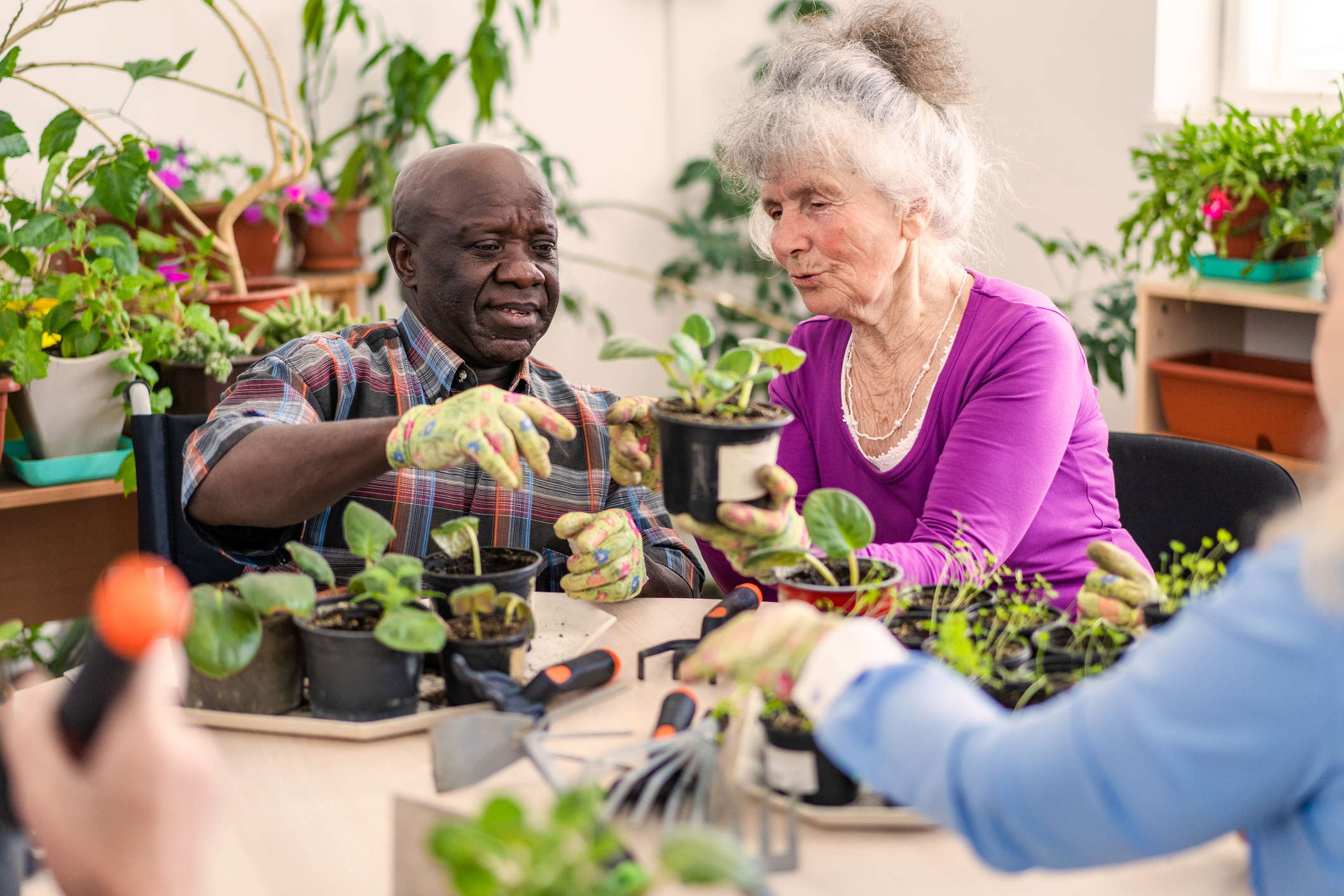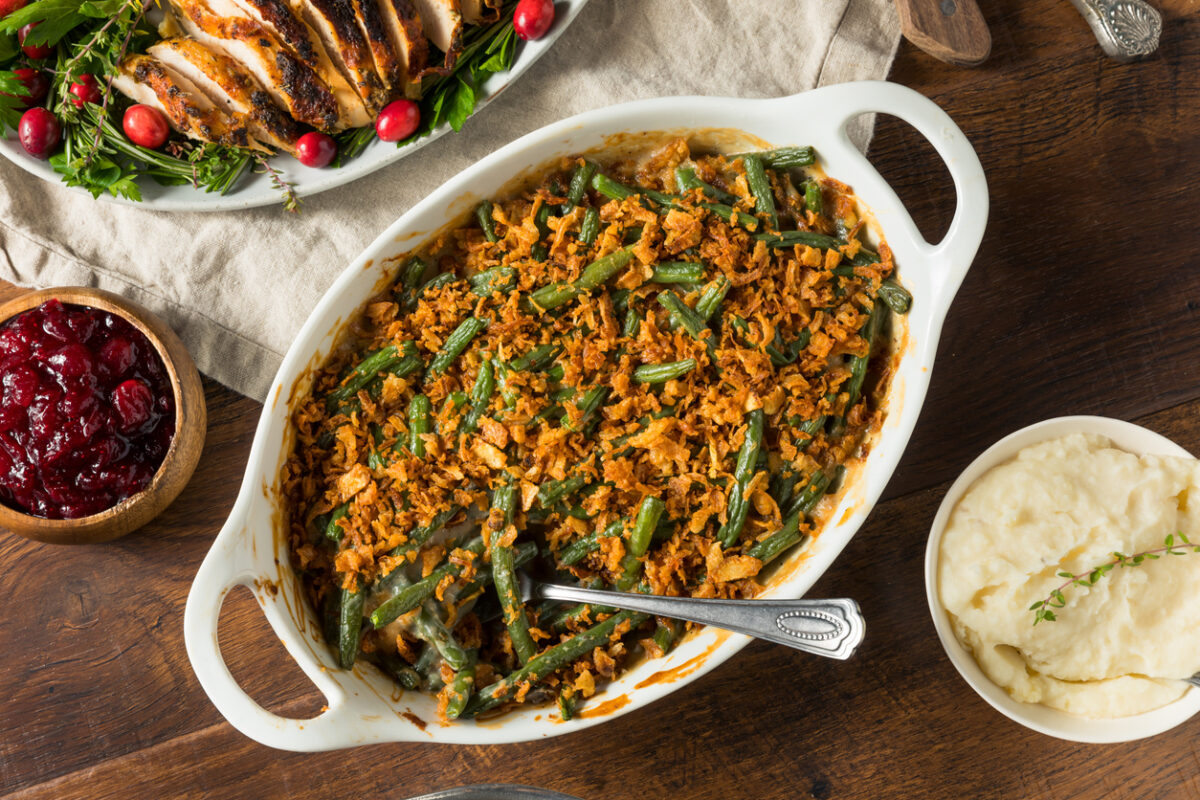Anyone can have a green thumb with windowsill gardening
By Mary Anna Rodabaugh
Do you miss the joys of gardening? Even without access to a community garden in Philadelphia or no land to plant outdoors you can still revisit your green thumb in an accessible way. Windowsill or indoor container gardens are a great option for people who cannot bend or kneel on the ground.
Benefits of an indoor garden:
- Brighten up your living space.
- Clean and filter indoor air.
- Produce fresh herbs.
- Easy set up and maintenance.
- Great for beginner gardeners and people with limited mobility/ability.
- Fun, regular activity that yields visible results.
When edible plants are fully grown, there is no need to find a new place to plant them. Instead, you can harvest fresh herbs and vegetables to use in cooking or to share with friends and neighbors.
Getting started
Here is a step-by-step guide to setting up your indoor garden. Decide what plants you want to grow. The following plants thrive indoors:
- Herbs, such as basil, thyme, parsley or chives.
- Leafy greens, such as lettuce, cabbage, spinach or kale.
- Green onions and garlic.
- Ginger. (The plant’s root can be ground, sliced or shredded for use in cooking.)
- Radishes.
- Sprouts.
- Pea shoots.
- Cherry tomatoes.
- Hot peppers.
- Venus fly trap. (Eliminates nuisance houseflies.)
- Cactus or succulents, including aloe vera. (Do not require much water.)
Find the sunniest window in your home. Typically, this is a window facing south. Be sure the windowsill is wide and study enough to support potted plants after they’ve been watered. If the window does not have an adequate sill to hold plants, a plant stand or small table could be placed by the window.
Pick a container for your plant. You can use what you have around the house. A glass or plastic cup will work just fine. Even a cardboard egg carton can be transformed into a small flower bed. Inexpensive flowerpots are often available at thrift or dollar stores. If the plant container is not made of glass, poke at least one hole in the bottom of it. Then, place a plate or tray underneath to allow for proper drainage without leakage.
Place soil in the container, allowing room for root growth at the bottom; plant seeds or seedlings; and cover with more soil. Potting soil is ideal for a windowsill garden environment. You may want to purchase a mini-spade or mini-shovel to reduce soil spillage when planting. Alternatively, a plastic spoon can be used.
Follow the maintenance instructions for each plant. Some plants require daily watering, while others do better with less frequent watering. Most plants will need a consistently warm and sunny windowsill to grow.
Water plants weekly, or as needed. A good rule of thumb to determine if a plant needs water is to “check the top inch of soil with your finger,” according to the Philadelphia Horticultural Society’s (PHS) website (PHSonline.org). “If the soil feels dry, then it’s time to water.” Avoid overwatering, as “too much water can lead to root rot, mold and fungal issues in the soil. If leaves start yellowing or the soil smells funky, you’re likely overwatering.”
Rotate your plants weekly to promote maximum growth. Turn each pot halfway. Also, move a plant that is on the left of the windowsill to the right. This will give each plant a new vantage point for consistent sun and warmth.
For additional tips, tricks and classes about gardening, you can call 215-988-8800 or visit PHSonline.org.
Mary Anna Rodabaugh is a writer, editor and writing coach.




